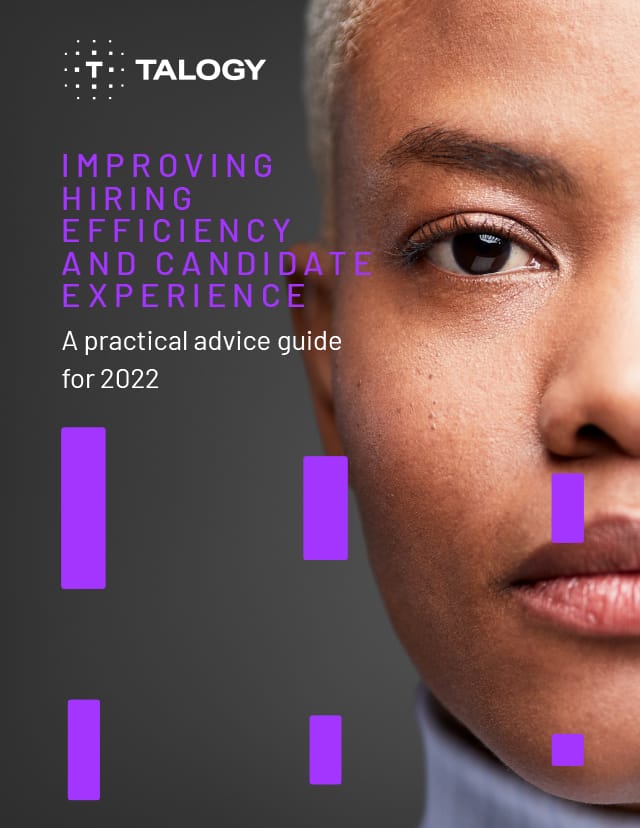Written by Jo Maddocks, Psy.D., Chief Psychologist
No sooner had I written my previous blog on ‘returning to the workplace’ when the Omicron variant of Covid befell us and many employees worldwide were instructed again to work from home where possible. Since then, there has been a dramatic turnaround and the UK government has removed all restrictions in England (where I reside).
The view now is that given the current levels of risk, we must learn to live with Covid and take greater personal responsibility. From a psychological perspective there are merits to this position. Giving people choice and responsibility can harness a sense of personal power and self-determination, a key feature of resilience.
Catch up on part 5 of the ‘thriving through adversity’ series: How to help others (or yourself) build resilience after adversity
I wanted to close this series of blogs on thriving through adversity during the pandemic with a metaphor. Metaphors are a powerful way of remembering ideas and concepts that filter through unconsciously to our actions. Think of getting back on your bicycle after falling off as a child, climbing a hill to gain perspective, or going on a journey of discovery. One I wish to share here is of learning to drive a car as a metaphor for self-responsibility and personal growth.
Taking the wheel of personal power
My son, William, turned 18 last year and as with many young people, he was keen to learn to drive and gain the freedom and independence this would give him. During the Covid lockdown, driving instructors were unavailable, so I agreed to be his instructor. On the first lesson my son was eager to jump into the car and have a go.
But being a typical dad, I decided first to talk him through the fundamentals. I explained that cars need looking after, just like people. We need to check the oil levels, the tires, wipers, etc. And every year or so the car will need a check-up for its well-being. In that way it will be safe to drive, stay in good condition, and perform well for years to come.
The early lessons were slow and difficult, but gradually – through practice and repetition – the actions of driving the car became automatic and habitual. Inevitably there were setbacks, the gears would crunch, or the car would stall at traffic lights. William would panic and I would take over the controls. But in time, he learned to remain calm, focus on the problem, and trust in his abilities, much like any other adversity we face in our day-to-day lives.
Read more: Thriving through adversity (part 2): learning to adapt
As the months passed, William began to enjoy the experience of driving and with that came a degree of complacency – speeding around corners, being distracted by conversation, and getting annoyed with other drivers. Although he had become skillful at managing his own vehicle, he was less aware of the external environment. Just as in life we must adapt to circumstances, people, and relationships, on the roads we must notice our surroundings, navigate traffic, anticipate other drivers, and deal with unexpected events and dangers.
To my eventual relief and concern William passed his driving test. He achieved his goal and with this came greater personal responsibility for himself, his passengers, and other road users.
I look back on that period with fondness and reflection. We both learned a lot, not just as teacher and student, but about our relationship as father and son. William wanted to show me that he was capable and ready to take on this self-responsibility, while I learned to let go, show appreciation, and become more tolerant.
Learning how to effectively utilize our innate resources
A second metaphor that relates to personal power is one I mentioned briefly in blog four of the series (learning from adversity): All living things have needs. A plant has the need for water, sunlight, and soil. When these needs are being met, the plant will flourish and grow. The same is true for people. We have emotional needs such as the need to connect with others, the need for attention and recognition, and the need for meaning and purpose in our lives.
When our emotional needs are being met, we are likely to be happy and productive. But when our emotional needs are not being met, we may become angry, unhappy, and defensive. The good news is, as with all living things, we have the innate resources to help us meet our emotional needs. Just like a plant has roots to absorb water, leaves to filter sunlight, and bark for protection, humans, too, have the resources to meet their emotional needs.
For instance, we have intelligence to solve problems, empathy to connect with others, and self-awareness to learn from our experiences. What matters is learning how to utilize our innate resources and potential to meet our essential human needs that will enable us to thrive and succeed.
How to develop your personal power
- Think of one significant event over the last few weeks that demonstrates your personal power such as making an important decision, taking the initiative, or asserting your opinion.
- Next time you feel like blaming someone or something, pause and think, “How did I contribute to that situation?” or “How could I have influenced things differently?”’
- Think of an example in your life that may serve as a useful metaphor for your personal power. For example, bringing up children, overcoming adversity, or completing a qualification.
Learn more: Thriving through adversity (part 3): recovering from setbacks
This is the eighth and final blog in the series on thriving through adversity during Covid. The blogs were written over a two-year period from the start of the pandemic (in the UK) in March 2020 through March 2022 when restrictions were lifted in England. All blogs are available on the Talogy website.




